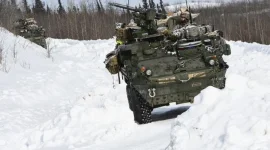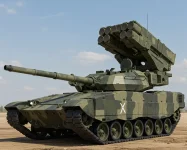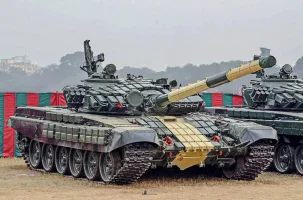- Views: 478
- Replies: 2

The Indian Army is making a conscious shift towards environmentally sustainable transportation, embracing electric vehicles (EVs) for deployments within major urban centers.
This forward-thinking initiative signals a reduced reliance on fossil fuels and a dedication to cleaner urban environments.
Challenges and Opportunities
Despite the environmental advantages of EVs, they face unique challenges in remote border areas. Due to limitations in existing infrastructure and the scarcity of charging facilities in these regions, operational requirements necessitate the continued use of older, less fuel-efficient BS-III trucks.The Indian Army recognizes the need for adaptable solutions. Hybrid Electric Drive (HED) systems are emerging as a potential bridge between traditional vehicles and full-fledged EVs. By combining conventional combustion engines with electric motors and batteries, HED systems enhance flexibility.
HED vehicles can switch between electric and gasoline power modes, optimizing performance and efficiency based on driving conditions and fuel availability— a crucial advantage in border regions.
The Benefits of Hybrid Electric Drive
HED systems offer significant potential for emissions reduction compared to traditional gasoline-fueled vehicles. This makes them a viable option to address the environmental impact of military operations while ensuring operational capability in demanding environments.A Strategic Vision
The Indian Army's integration of EVs in urban areas and the exploration of HED technology for border regions demonstrates a strategic vision for sustainable transportation.While EVs play an important role in cities, HED systems show promise for overcoming the logistical challenges of remote operations.
As infrastructure across the country develops and technology continues to advance, the role of EVs within the army's overall transportation strategy looks set to expand, ensuring both environmental responsibility and operational effectiveness.





